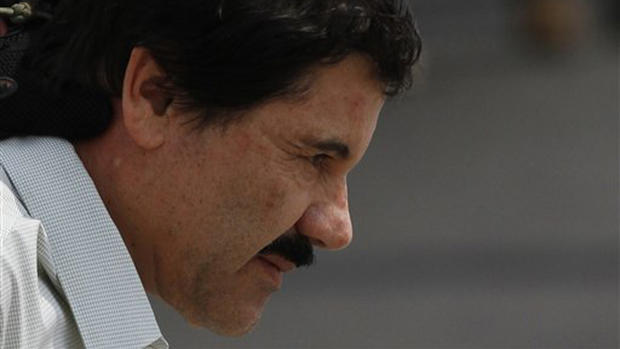Ex-smugglers reveal tricks of the Chicago drug trade
Planes, trains, and automobiles.
It's both the title of a 1987 holiday film comedy and also a disturbing explanation of how, for years, Mexican cartels secretly moved drugs and money into and out of the United States.
The heart of any illegal narcotics trade is the drugs which are primarily cocaine and heroin. But the often overlooked "arms and legs" of the trade are the means of transport that move the product from grower to supplier to dealer to customer.
Some of the secrets of just how that is managed were made public a few days ago, when the U.S. Attorney in Chicago unsealed the federal grand jury testimony of twin brothers from Mexico who were, for a very long time, on the wrong side of the War on Drugs.
Pedro and Margarito Flores started their chosen trade in Chicago in 1998. Until 2008, the Flores brothers told the grand jury, they moved $60 million worth of cocaine a month through their central dispatch center - otherwise known as Chicago - to 30 prime customers in cities around the United States.
All that was missing was an office on a loading dock and a sign above their heads reading, "Shipping and Receiving."
For those who don't know, $60 million worth of cocaine weighs more than two tons. The challenge the Flores faced was how to get that much cocaine to Chicago without getting caught and without losing a load.
They came up with a "Shark Tank" idea.
They started a furniture import company, which imported furniture to Mexico and "exported" cocaine to the U.S. using freight cars. The Flores brothers invested $600,000 into the company. Their partner was a top lieutenant in Joaquin "El Chapo" Guzman's Sinaloa cartel.
The cocaine was concealed in the walls of the train cars. Once the cocaine reached Chicago, the Sinaloa cartel stored it in their warehouse. From there, tractor trailers hit the road.
The roofs of the trailers were altered with what the Flores brothers called "traps"; hidden compartments for the drugs.
After the drugs were sold and the money came in, the process was reversed; trucks to Chicago, freight trains to the West Coast. The millions of dollars in hard cash made its way to Mexico and Guzman the old fashion way; by road and rail.
The Flores brothers and their Sinaloa cohorts were not railroad buffs. Trains were an important means of transport, but not the only mode. Cars and private planes also had their place in the drug trade.
But the Flores transport system resembled a twisted version of the 19th century Overland Express when compared to Guzman's preferred methods of shipping.
Submarines, speed boats, and seven forty-sevens.
Those vehicles carried Guzman's drugs to Mexico from Central and South America, according to the Flores brothers. And like the Flores brothers, Guzman too had a "Shark Tank" light go off.
The Floreses told the grand jury that Guzman set up a humanitarian aid project to benefit Central and South America. The project sent clothing to those in need.
The clothing traveled in a fleet of 747 airplanes. When the jumbo jets returned to Mexico they were loaded with a new cargo; really loaded.
The Flores brothers say that the planes would haul as much as 28,000 pounds of cocaine to Guzman each return trip. The planes landed at Mexico City's main airport, where Guzman saw to it that the cargo was off-loaded with no questions asked.
Guzman also used submarines to bring drugs into Mexico to avoid coastal police patrols, the Flores brothers told the grand jury. At times, speed boats, container ships, and fishing vessels were also employed by the Sinaloa cartel.
Guzman is out of the shipping business for now. He was arrested in February in Mexico and remains in custody awaiting trial.
The Flores brothers' grand jury testimony was released in advance of the sentencing of a top Sinaloa operative at the end of this month.
The brothers are in protective custody. Their families are now in the United States.
Pedro Flores told the grand jury, "I know that once people I have talked about today found out I was cooperating, they would try to kill me and my family."
